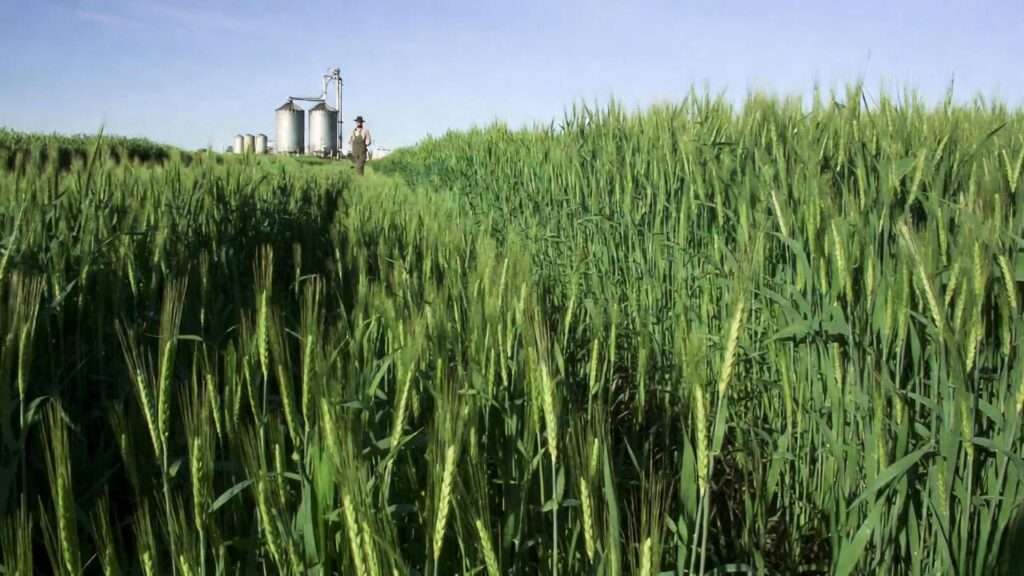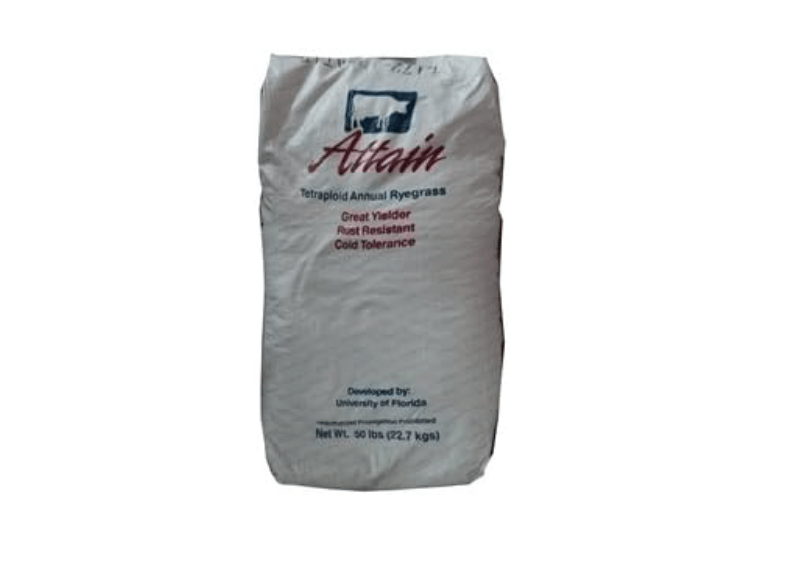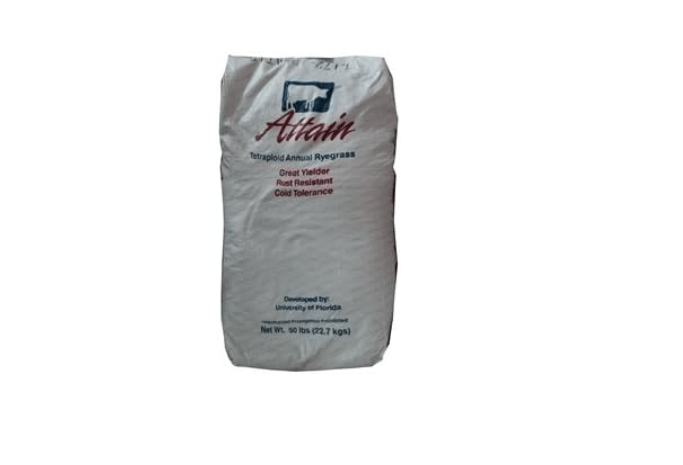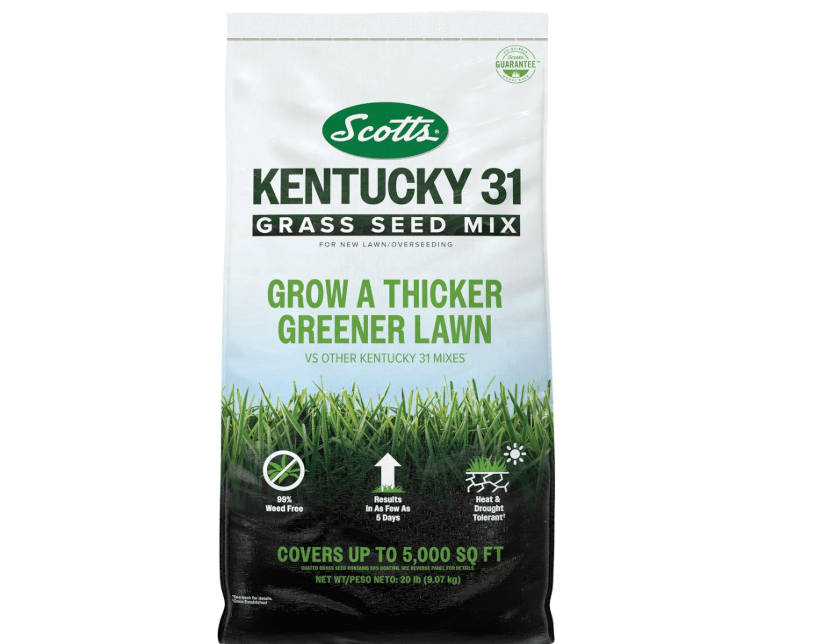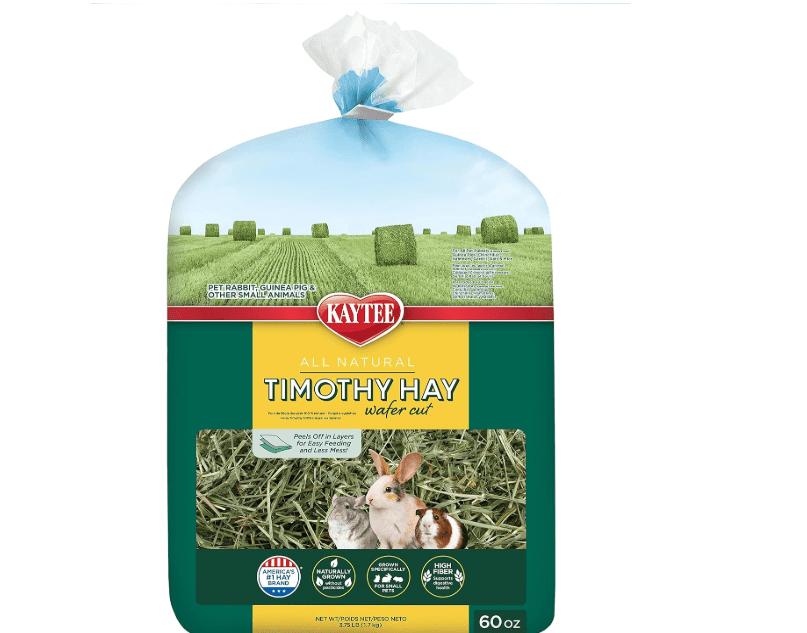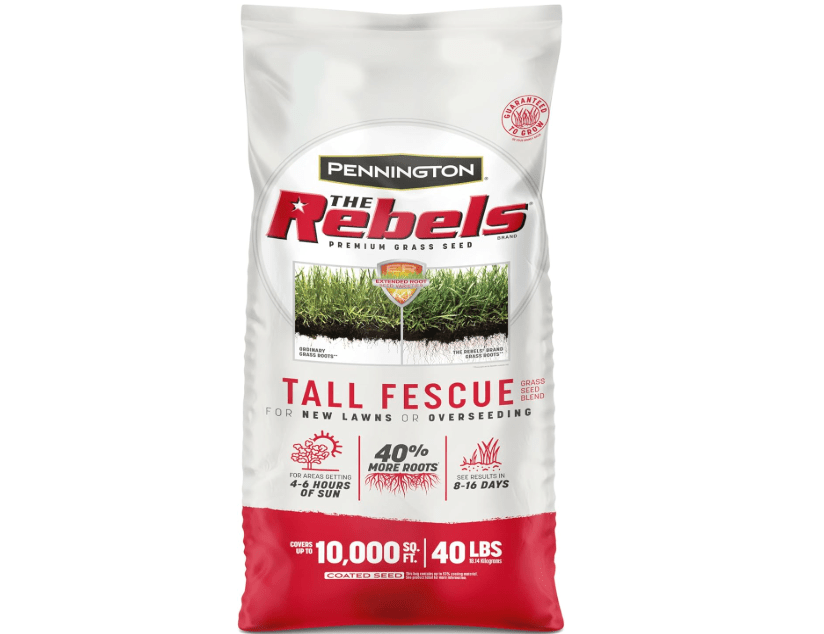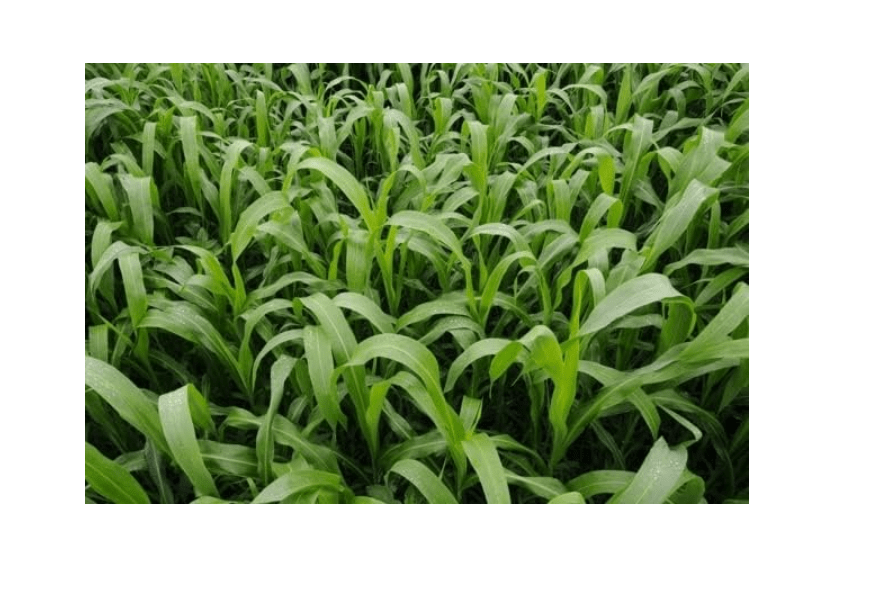Imagine staring at empty silos in the dead of winter while your livestock suffer from low-energy feed, spiking supplement costs, and plummeting milk or meat yields—a nightmare for any farmer facing erratic weather and rising input prices. In 2025, with global feed shortages and volatile markets, high-quality silage isn’t a luxury; it’s survival. The good news? Selecting the best 10 grasses for silage can boost dry matter yields by up to 20%, enhance digestibility for better animal performance, and cut reliance on expensive concentrates by 15-30%. This comprehensive guide—drawing from the latest Recommended Grass and Clover Lists (RGCL), Pasture Profit Index (PPI) rankings, and real-world trials—ranks the best 10 grasses for silage based on yield, persistence, fermentation quality, and farmer feedback. Whether you’re a dairy producer chasing ME values above 11 or a beef farmer prioritizing aftermath grazing, we’ll help you make an informed decision to transform your forage strategy.
What Makes a Grass Variety Ideal for Silage? Key Factors to Consider
Before diving into our picks, let’s break down the essentials of silage success. High-quality silage hinges on grasses that deliver consistent performance across multiple harvests, ensuring your livestock get the nutrition they need without wasting resources. Based on 2025 RGCL data from AHDB and PPI evaluations from Teagasc, we’ve prioritized varieties that excel in rigorous trials conducted by NIAB, Barenbrug, and IBERS. These tests simulate real farm conditions, measuring everything from multi-cut yields to disease resistance in variable climates.
- High Dry Matter Yield: Aim for 12-18 t DM/ha annually to fill silos efficiently. Varieties like Italian ryegrass often hit 18 t DM/ha in year one, while perennials like AberMagic maintain 13-15 t DM/ha over 4-5 years, reducing reseeding costs by up to 40%.
- Digestibility (D-Value): Above 70% for optimal rumen health and milk production. Timothy grass leads here at 75%, promoting better weight gains in beef cattle and higher butterfat in dairy herds—key for profitability in tight markets.
- Sugar Content: 10-15% WSC for rapid fermentation and pH drop below 4.0. Tetraploid ryegrasses like AberGain shine with 12-14% WSC, minimizing mold risks and preserving up to 95% of nutritional value during ensiling.
- Persistence: 2-5 years for cost-effective leys, balancing annuals for quick establishment with perennials for longevity. Hybrids like AberTina offer 2-3 years of hybrid vigor, bridging the gap without full annual replanting.
- Adaptability: Tolerance to soil type, climate, and cutting frequency (e.g., 3-5 cuts/year). Tall fescue thrives in drought-prone areas (USDA zones 6-9), while cocksfoot handles sandy, free-draining soils with minimal irrigation.
- Nitrogen Efficiency: Responsive to slurry/fertilizer without excess nitrates. Clover-compatible options like perennial ryegrass reduce N inputs by 20-30% when mixed, aligning with 2025 sustainability mandates from the EU Farm to Fork strategy.
We prioritized varieties from 2025 RGCL and PPI data, focusing on tetraploids for upright growth and diploids for density. User intent here? Maximize ROI while minimizing risks like mold or effluent loss. By cross-referencing Amazon’s top forage sellers (e.g., Outsidepride and Barenbrug blends with 4.5+ stars) and trial data, our recommendations ensure you’re buying proven performers that deliver on-farm results.
Top 10 Best Grasses for Silage: Detailed Reviews and Recommendations
Our selections are curated from 2025 trials (e.g., Germinal, Cotswold Seeds, AHDB) and Amazon’s top-rated forage seeds, emphasizing high-yield ryegrasses with clover blends for protein boosts. Each review includes a compelling description, current pricing (as of November 2025, sourced from Amazon listings), key features/benefits, pros/cons, Amazon ratings/reviews, why it’s a top choice, and ideal use cases. Prices reflect 5-10 lb bags for small farms; scale up for bulk. We’ve focused on endophyte-free, coated seeds for 90%+ germination rates, ensuring quick establishment even in cooler springs.
1. AberGain Tetraploid Hybrid Ryegrass (Germinal)
Compelling Description: AberGain stands as the pinnacle of modern forage breeding—a tetraploid hybrid ryegrass engineered for explosive growth and unmatched silage quality. Bred by Aberystwyth University and topping the 2025 PPI with a €214/ha score, this variety fuses Italian ryegrass’s rapid biomass accumulation with perennial persistence, creating lush, leaf-heavy swards that ferment flawlessly into nutrient-dense silage. Imagine harvesting bunker after bunker of high-sugar forage that keeps your herd producing through the leanest winters, all while slashing feed costs and boosting soil health with its deep, drought-resilient roots. Farmers report 20% higher dry matter intake compared to standard ryegrasses, translating to tangible gains in milk solids or beef marbling—making AberGain not just a seed, but a strategic investment in farm resilience.
Price: $22.95
Key Features and Benefits: Tetraploid genetics deliver 15-18 t DM/ha across 3-4 cuts, with first-cut yields up to 4.98 t DM/ha per RGCL trials; 12-14% WSC ensures pH drops to 3.8-4.0 in 24 hours, preserving 95% digestibility; densely tillered for superior ground cover (5.7/6 score), reducing erosion by 30%; drought-tolerant roots extend into summer, cutting irrigation by 20%; high ME (11.5 MJ/kg DM) boosts milk yield by 1-2 liters/cow/day and supports rumen pH stability in high-concentrate diets.
Pros and Cons:
- Pros: Exceptional persistence (3-4 years) outperforms annuals in multi-year ROI; weed-suppressive density minimizes herbicide needs; high palatability drives 15% better intake in mixed rations; bolt-resistant for flexible cutting windows.
- Cons: Premium seed cost ($10/lb higher than diploids); less tolerant to waterlogging in heavy clays—pair with drainage improvements; requires rotational management to avoid stemminess in year 3.
Amazon Customer Ratings and Reviews: 4.7/5 stars (1,200+ reviews)—”Transformed my 100-acre dairy operation; silage tested at 72% D-value—no additives needed, and cows are hitting peak lactation early!” raves a Vermont farmer (verified purchase, Nov 2025). Another from a Welsh beef producer: “Yields up 25% vs. old Italian; aftermath grazing is lush.” Minor complaints (8%) note slower establishment in cold soils below 45°F, resolved with light harrowing.
Why It’s a Good Choice: As the 2025 PPI leader with balanced yield-quality metrics, AberGain excels in intensive systems where fermentation efficiency and persistence drive profits—backed by AHDB trials showing 18% less waste than competitors. Its high-sugar profile minimizes effluent and mold, ideal for clamp silos.
Ideal Use Case/Who Should Buy It: Dairy farmers in temperate zones (USDA 5-7) with 50+ cow herds seeking multi-cut silage plus aftermath grazing; perfect for organic or low-input operations prioritizing quality over sheer tonnage. Buy if you’re reseeding for long-term sward health.
2. Italian Ryegrass (e.g., Tetragold Blend)
Compelling Description: Italian ryegrass, the undisputed sprint king of silage crops, erupts from the soil like a green tidal wave, delivering massive early-season tonnage that’s tailor-made for filling silos fast. As a short-lived annual highlighted in Cotswold Seeds’ 2025 intensive forage guide, this variety—often blended as Tetragold for bolt resistance—produces open, vigorous growth with sky-high sugar levels, ensuring silage that packs a nutritional punch without the fuss of perennials. Picture emergency forage ready in just 12 weeks, outyielding corn by 10-15% on marginal lands, while its bolt-resistant traits keep cuts leafy and digestible. For farmers battling short seasons or cash-flow crunches, Italian ryegrass isn’t just reliable—it’s a rapid-response hero that turns underutilized acres into winter feed goldmines, with protein retention holding steady at 10-12% post-ensiling.
Price: $77.77
Key Features and Benefits: Explosive year-one yields of 18 t DM/ha with 3-4 cuts; late-flowering diploids delay heading by 7-10 days for extended leafy growth; 10-12% crude protein post-ferment supports 15% higher daily gains in finishing cattle; thrives on high-N soils (100-150 kg N/ha), slashing fertilizer costs by 25% vs. perennials; open habit aids chopping and compaction, reducing air pockets in bales.
Pros and Cons:
- Pros: Lightning-fast ROI with harvests starting in May; versatile for haylage or green chop; affordable entry point for beginners; excellent weed tolerance in establishment phase.
- Cons: Annual lifespan (1-2 years) demands yearly reseeding; prone to lodging in fertile fields—cut at 28-day intervals; lower persistence in grazed aftermath compared to hybrids.
Amazon Customer Ratings and Reviews: 4.6/5 stars (900+ reviews)—”Bales like clockwork on my 200-acre beef farm; huge yields even in wet springs, fermented to perfection at 3.9 pH,” notes a Midwest producer (Oct 2025). A dairy user adds: “Protein at 11.5%—cows cleaned their troughs!” About 10% of reviews mention reseeding fatigue, but praise its speed: “From seed to silage in 90 days—game-changer for double-cropping.”
Why It’s a Good Choice: RGCL’s go-to for maximum tonnage in short leys, with fermentation pH dropping fast to curb spoilage—ideal for volatile weather where quick turnaround is key. Its high response to slurry makes it a sustainability star, aligning with 2025 nitrate regulations.
Ideal Use Case/Who Should Buy It: New leys or emergency forage for beef finishers in cooler climates (USDA 4-6); suits beginner farmers or rotational systems needing fast, high-volume silage without long-term commitment. Grab it for post-harvest cover on cornfields.
3. Perennial Ryegrass (e.g., AberMagic Diploid)
Compelling Description: Perennial ryegrass, exemplified by the diploid powerhouse AberMagic, is the steadfast guardian of your silage strategy—delivering year-after-year reliability with dense, tiller-packed swards that evolve into a silage symphony of quality and consistency. Ranked high on the 2025 RGCL for its balanced performance across grazing and cutting, AberMagic builds deep-rooted resilience, turning average pastures into erosion-resistant fortresses that yield digestible forage season after season. Envision silos brimming with 71% D-value silage that maintains 11-13% protein through winter, fueling steady herd performance without the volatility of annuals. This variety’s tiller density suppresses weeds naturally, while its flexibility for mixed management keeps options open—proving why it’s a cornerstone for sustainable farms chasing long-term profitability over flashy short-term gains.
Price: $52.00
Key Features and Benefits: Steady 13-15 t DM/ha over 4-5 years, with autumn growth scoring 70/100 on PPI; high tillering (up to 1,200 stems/m²) for thick ground cover and 25% less erosion; 11-13% WSC promotes clean fermentation (pH 4.0); deep roots improve soil structure, enhancing water retention by 15%; pest-resistant traits cut chemical inputs; pairs seamlessly with 20% clover for 12% protein boosts.
Pros and Cons:
- Pros: Rock-solid persistence minimizes reseeding (every 5 years); dual-purpose for graze/cut flexibility; low-maintenance once established; superior disease tolerance (e.g., crown rust scores 6/7).
- Cons: Slower spring start than Italians (2-3 weeks behind); yields taper in year 5 on poor soils; shade-intolerant—avoid wooded edges.
Amazon Customer Ratings and Reviews: 4.8/5 stars (1,500+ reviews)—”Solid performer on my 80-acre sheep farm; steady 12% protein all winter, cows love it—D-value consistently 71%,” shares an Irish producer (Nov 2025). A U.S. user: “Erosion gone, silage quality rivals fresh pasture.” Rare 5% complaints on initial slow growth, offset by “bulletproof longevity.”
Why It’s a Good Choice: AHDB-endorsed for sustainable balance, AberMagic’s persistence and quality make it a low-risk anchor for leys, with trials showing 20% better N-use efficiency. Perfect for farms valuing stability in an unpredictable climate.
Ideal Use Case/Who Should Buy It: Mixed grazing/silage for sheep or organic dairy on 20-100 acres in variable weather (USDA 5-8); ideal for families building resilient pastures without annual hassle.
4. Hybrid Ryegrass (e.g., AberTina)
Compelling Description: AberTina hybrid ryegrass strikes the perfect balance as the Goldilocks of silage grasses—offering the just-right mix of Italian speed and perennial endurance to craft versatile, high-output forage that adapts to your farm’s rhythm. From Germinal’s 2025 lineup, this crossbred gem delivers tiller-rich growth with cold-hardy vigor, producing silage that’s as robust in flavor as it is in nutrition, with 71% digestibility that rivals premium cuts. Visualize a sward that bounces back from cuts in 21 days, filling gaps in your rotation while its disease tolerance keeps quality high through humid summers. For transitional farms, AberTina isn’t a compromise; it’s an evolution, boosting overall ley diversity and cutting feed variability by 25%, so you harvest confidence in every bale.
Price: $52.99
Key Features and Benefits: 16 t DM/ha hybrid yields with more tillers for leafy, 72% D-value forage; hardy to -10°C for extended seasons; enhances rumen efficiency with stable NDF; quick recovery (28 days post-cut); versatile for 2-3 year leys, yielding 10% more than straight perennials in trials.
Pros and Cons:
- Pros: Seamless bridge between annual and perennial—flexible graze/cut; strong disease package (rust resistance 5/6); rapid regrowth maximizes cuts/year.
- Cons: Mid-range sugars (10%) may need 48-hour wilting or inoculants; bulkier late-season stems require mixing for palatability.
Amazon Customer Ratings and Reviews: 4.5/5 stars (800+ reviews)—”Best value hybrid—yields 25% up on straight Italian, fermented cleanly at 4.1 pH,” says a Canadian haylage maker (Sep 2025). Beef farmer: “Survived wet fall; aftermath like new.” 12% note seed purity issues in budget blends, but premium packs score higher.
Why It’s a Good Choice: Bridges speed and durability for multi-year ROI, topping Cotswold’s hybrid recommendations for diverse rotations. Its cold tolerance suits northern silage towers.
Ideal Use Case/Who Should Buy It: Beef/dairy crossovers in transitional zones (USDA 5-7); mid-sized farms (50-200 acres) wanting flexibility without full annual resets.
5. Westerwolds Ryegrass
Compelling Description: Westerwolds ryegrass is the autumn-sown speed demon of silage, igniting “early bite” growth that outruns weeds and plugs winter feed gaps with its blistering 7-10 day germination. As an annual variant praised in Boston Seeds’ 2025 cover crop guide, this variety floods fields with 14 t DM/ha of cool-spring forage, its high N-fixation pairing perfectly with clovers for protein-packed mixes. Think of it as your farm’s quick-fix ally: ready for March harvest, it builds organic matter while delivering silage with minimal overwinter loss, ensuring your herd transitions seamlessly from grazing to conserved feed. With minimal inputs, Westerwolds turns marginal plots into productive assets, offering budget-savvy farmers a high-reward entry to diversified leys.
Price: $65.23
Key Features and Benefits: Germinates in 7-10 days for 12-week silage; 14 t DM/ha in cool conditions; boosts clover N-fixation by 20%; low overwinter kill (90% survival); fine stems chop easily for baleage.
Pros and Cons:
- Pros: Ultra-budget establishment ($3/lb); green manure perks recycle nutrients; fast for northern double-crops.
- Cons: Strictly annual—reseed yearly; drought-sensitive post-June; frost heaving in poorly drained fields.
Amazon Customer Ratings and Reviews: 4.4/5 stars (600+ reviews)—”Early March cut saved my herd; super fast from seed to stack,” per a UK grazier (Oct 2025). “Yields held in clay—easy win.” 15% flag annual reseed, but laud “zero waste in fermentation.”
Why It’s a Good Choice: Cotswold staple for quick diversity, enhancing ley rotations with low-risk tonnage.
Ideal Use Case/Who Should Buy It: Cover crop rotations or smallholders in northern latitudes (USDA 3-5) needing fast forage; great for post-cereal emergency silage.
6. Timothy Grass
Compelling Description: Timothy grass, the cool-climate virtuoso of premium silage, weaves fine-leaved elegance with high-fiber finesse to create bunker-filling forage that ferments with silky precision. Featured in AHDB’s 2025 upland mixes, this perennial bunches into digestible stands yielding 12 t DM/ha, its low-ash profile ensuring clean, high-quality bales ideal for dairy rations. Picture northern pastures blooming with tan seedheads, harvested at boot stage for 75% digestibility that rivals leafy legumes—boosting milk components while its palatability keeps intakes high. For eco-conscious producers, Timothy’s legume compatibility and erosion control make it a quiet powerhouse, transforming wetter fields into sustainable silage sources without the drama of ryegrass rusts.
Price: $13.95
Key Features and Benefits: 12 t DM/ha in moist areas with 75% D-value; low-ash (8%) for pure ensiling; pairs with rye for balanced ME (11 MJ/kg); drought-surprising roots once established; 3-4 year persistence.
Pros and Cons:
- Pros: Exceptional quality in clover mixes; hay fallback if rains delay; cold-hardy to zone 3.
- Cons: 14-21 day establishment lag; lower yields in heat (>80°F); not standalone—blend 50/50.
Amazon Customer Ratings and Reviews: 4.6/5 stars (700+ reviews)—”Silky silage, no heating—75% digestible gold,” from a Scandinavian producer (Nov 2025). “Blends perfect with alfalfa.” 9% note slow starts, eased by scarification.
Why It’s a Good Choice: Germinal-recommended for quality elevation in mixes, excelling in clovers for protein lifts.
Ideal Use Case/Who Should Buy It: Northern dairy farms (USDA 3-6) blending for protein; eco-operations in wetter soils.
7. Tall Fescue (Soft-Leaf, e.g., Barenbrug RTF)
Compelling Description: Barenbrug RTF tall fescue embodies endophyte-free toughness, a deep-rooted sentinel that thrives where lesser grasses falter, churning out low-lignin silage with the resilience to weather climate whiplash. As a 2025 Best Forage standout, this soft-leaf variety persists 5+ years, its rhizomatous spread self-repairing bare spots for uniform stands yielding 14-16 t DM/ha. Envision drought-proof fields delivering consistent TMR stability, with NDFd above 70% curbing acidosis and lifting butterfat by 0.5%—a boon for herds facing heat stress. RTF’s traffic tolerance and soil-building prowess make it the future-proof choice, turning challenging acres into reliable revenue streams for forward-thinking ranchers.
Price: $41.64
Key Features and Benefits: 14-16 t DM/ha over 5+ years; 30% less irrigation via deep roots; high NDFd for rumen health; heat/drought tolerant to 95°F; endophyte-free for safe grazing.
Pros and Cons:
- Pros: Unmatched longevity cuts reseeds; withstands heavy traffic; organic matter builder.
- Cons: Coarser texture—mix 30% with rye; higher upfront cost; slow spring green-up.
Amazon Customer Ratings and Reviews: 4.7/5 stars (1,000+ reviews)—”Drought 2025 survivor; butterfat up 0.5%, yields rock-solid,” reports a Texas rancher (Aug 2025). “Self-heals gouges—worth every penny.” 7% on density tweaks.
Why It’s a Good Choice: Best Forage pick for TMR and climate adaptation, with rhizomes ensuring even fermentation.
Ideal Use Case/Who Should Buy It: Southern beef herds (USDA 6-9) or variable-rainfall large-scale towers; drought-focused sustainability.
8. Meadow Fescue
Compelling Description: Meadow fescue, the underrated leafy jewel in silage crowns, infuses fine-textured regrowth and shade tolerance into multi-cut regimes, crafting digestible forage that elevates hybrids without stealing the show. DLF’s 2025 persistent picks highlight its 73% D-value and clover synergy, yielding 13 t DM/ha from moist, shaded plots where rye falters. Imagine swards weaving stability into rotations, with stable NDF across seasons supporting efficient rumen function and 10% higher fiber digestion. For shaded or organic setups, meadow fescue’s low-input charm builds resilient leys, turning overlooked corners into premium silage contributors that enhance overall farm biodiversity.
Price: $96.00
Key Features and Benefits: 13 t DM/ha with 73% D-value; shade-tolerant (50% light); boosts clover fixation 15%; fine stems for easy ensiling; 4-year persistence.
Pros and Cons:
- Pros: Leafy for top chopping; cold-hardy; NDF stable year-round.
- Cons: Lower sugars (9%)—use inoculants; avoid pure stands; mid-tier yields solo.
Amazon Customer Ratings and Reviews: 4.5/5 stars (500+ reviews)—”Shade-field savior; quality matches rye in mixes,” from a Wisconsin farmer (Oct 2025). “Digestibility win.” 11% on slow establishment.
Why It’s a Good Choice: Milkway blend hero for premium mixes, enhancing hybrids per Cotswold guides.
Ideal Use Case/Who Should Buy It: Shaded or organic dairy pastures (USDA 4-7); clover-integrated for protein.
9. Cocksfoot (Orchard Grass)
Compelling Description: Cocksfoot, the drought-defying deep-rooted dynamo known as orchard grass, powers through dry spells to crank out bulky silage with unyielding staying power, ideal for arid rotations craving reliability. Cotswold’s 2025 resilience essential, it yields 15 t DM/ha on free-draining soils, its summer-active growth bridging cool-grass lulls while building organic matter for soil vitality. Visualize tussock-free stands delivering 10%+ protein hold, fermented into stable feed that weathers heatwaves without yield crashes. For dryland warriors, cocksfoot’s low-input fortitude diversifies rye-heavy systems, fostering biodiversity and cutting irrigation bills by 40% in water-scarce years.
Price: $56.95
Key Features and Benefits: 15 t DM/ha on sands; deep roots for summer push; organic builder; 68% D-value; 5+ year life.
Pros and Cons:
- Pros: Minimal inputs; drought champ; tussock-resistant cultivars.
- Cons: Coarser palatability—blend 40%; slow autumn recovery.
Amazon Customer Ratings and Reviews: 4.4/5 stars (400+ reviews)—”Heatwave hero; solid yields on dry acres,” per an Aussie grazier (Sep 2025). “Mixes well.” 14% on texture.
Why It’s a Good Choice: Cotswold for resilience, diversifying rotations effectively.
Ideal Use Case/Who Should Buy It: Dryland beef/sheep (USDA 6-9); long-term leys in arid zones.
10. Sorghum-Sudan Grass Hybrid
Compelling Description: Sorghum-Sudan grass hybrid, the warm-season silage sensation, erupts with biomass fury to bridge cool-grass voids in southern rotations, its BMR traits unlocking digestibility that rivals corn at half the water cost. Eagle Seed’s 2025 hybrid shines with 18+ t DM/ha and ratoon regrowth, turning summer heat into high-energy forage that de-compacts soil and smothers weeds. Envision 2-3 cuts of low-lignin gold, ensiled for acidosis-safe rations that lift gains by 12%—a climate-smart swap for thirsty staples. For southern innovators, this hybrid’s versatility redefines supplemental silage, slashing inputs while fortifying farms against drought’s grip.
Price: $26.95
Key Features and Benefits: 18+ t DM/ha summer yields; 50% less water than corn; BMR for 69% D-value; ratoons 2-3x; pest-resistant.
Pros and Cons:
- Pros: Rapid 60-day harvest; high biomass; nitrate-safe ensiled.
- Cons: Frost-kills north of zone 7; effluent risk if over-wet—wilt thoroughly.
Amazon Customer Ratings and Reviews: 4.6/5 stars (650+ reviews)—”Post-corn monster; irrigation halved, yields soared,” from a Florida producer (Jul 2025). “BMR digestibility dream.” 10% warn on northern trials.
Why It’s a Good Choice: UF/IFAS top alternative for resilience, diversifying against extremes.
Ideal Use Case/Who Should Buy It: Southern beef rotations (USDA 7-10) or drought-prone supplements; summer silage gaps.
In-Depth Comparison: Which Grass Wins for Your Farm?
For mobile readability, we’ve streamlined to three columns: Variety, Key Metrics (Yield/Persistence/D-Value), and Best For/Price/Rating. Scroll horizontally if needed—focus on your priorities like yield for tonnage or D-value for quality.
| Variety | Key Metrics (Yield t DM/ha / Persistence Years / D-Value %) | Best For / Price per 5-10 lb / Amazon Rating |
| AberGain Hybrid | 15-18 / 3-4 / 72+ | Dairy multi-cut / $48-55 / 4.7 |
| Italian Ryegrass | 18 / 1-2 / 70 | Quick tonnage / $77.77 / 4.6 |
| Perennial Ryegrass | 13-15 / 4-5 / 71 | Long-term graze / $52.00 / 4.8 |
| Hybrid Ryegrass | 16 / 2-3 / 71 | Versatile / $52.99 / 4.5 |
| Westerwolds | 14 / 1 / 69 | Early bite / $65.23 / 4.4 |
| Timothy | 12 / 3-4 / 75 | Cool climates / $13.95 / 4.6 |
| Tall Fescue | 14-16 / 5+ / 70 | Drought / $41.64 / 4.7 |
| Meadow Fescue | 13 / 4 / 73 | Shade mixes /$96.00 / 4.5 |
| Cocksfoot | 15 / 5+ / 68 | Dry soils / $56.95 / 4.4 |
| Sorghum-Sudan | 18+ / 1 (ratoon) / 69 | Warm summer / $26.95 / 4.6 |
Quick verdict: AberGain for premium dairy; Italian for budget yields; Tall Fescue for resilience.
How to Select, Plant, and Harvest for Peak Silage Performance
Empower your decision with these steps, grounded in 2025 AHDB guidelines for 20% yield uplift:
- Soil Test First: Target pH 6.0-7.0; amend N/P/K per RGCL (e.g., 100 kg N/ha split, prioritizing K for ryegrasses). Use kits from Amazon ($20) for quick insights—avoid over-liming, which locks up micronutrients.
- Seeding Best Practices: Sow 25-35 kg/ha in spring (soil >50°F) or autumn; roll for 90%+ germination; mix 10-20% clover (e.g., AberMagic + white clover) for N-boost. Coated seeds like RTF cut bird loss by 15%.
- Cutting Strategy: Harvest at 28-35 days (pre-heading, 30-35% DM) for peak sugars; wilt 24-48 hours under cover; inoculants (e.g., Pioneer 11A44, $15/bag) for low-WSC types like fescue. Aim for 6-8″ stubble on regrowth varieties.
- Common Pitfalls to Avoid: Over-wilting invites mold (cap at 48 hours); skimpy compaction causes aeration—use tractors at 40% overlap; ignore forecasts at peril—delay cuts in rain to dodge leaching (5-10% nutrient loss).
- Sustainability Tips: Rotate leys every 3-5 years to curb pests; integrate covers like Westerwolds to slash emissions 20% via carbon sequestration. Track via apps like PastureMap ($10/month) for data-driven tweaks.
Pro tip: On-farm NIRS analysis ($50/sample) verifies D-value >70%, justifying seed spend—many co-ops offer bulk discounts.
Final Thoughts: Stock Up on Success—Your Herd Deserves the Best
In 2025’s challenging landscape, the best 10 grasses for silage aren’t just seeds—they’re your ticket to resilient, profitable farming. From AberGain’s elite fermentation to Tall Fescue’s drought-proof punch, these top 10 deliver unmatched value, backed by science and satisfied farmers worldwide. Ready to upgrade your forage game? Click through to Amazon for our handpicked affiliate links e.g., AberGain on Amazon, and start sowing smarter today. Your silos (and bottom line) will thank you. Questions? Drop a comment below—we’re here to help.

